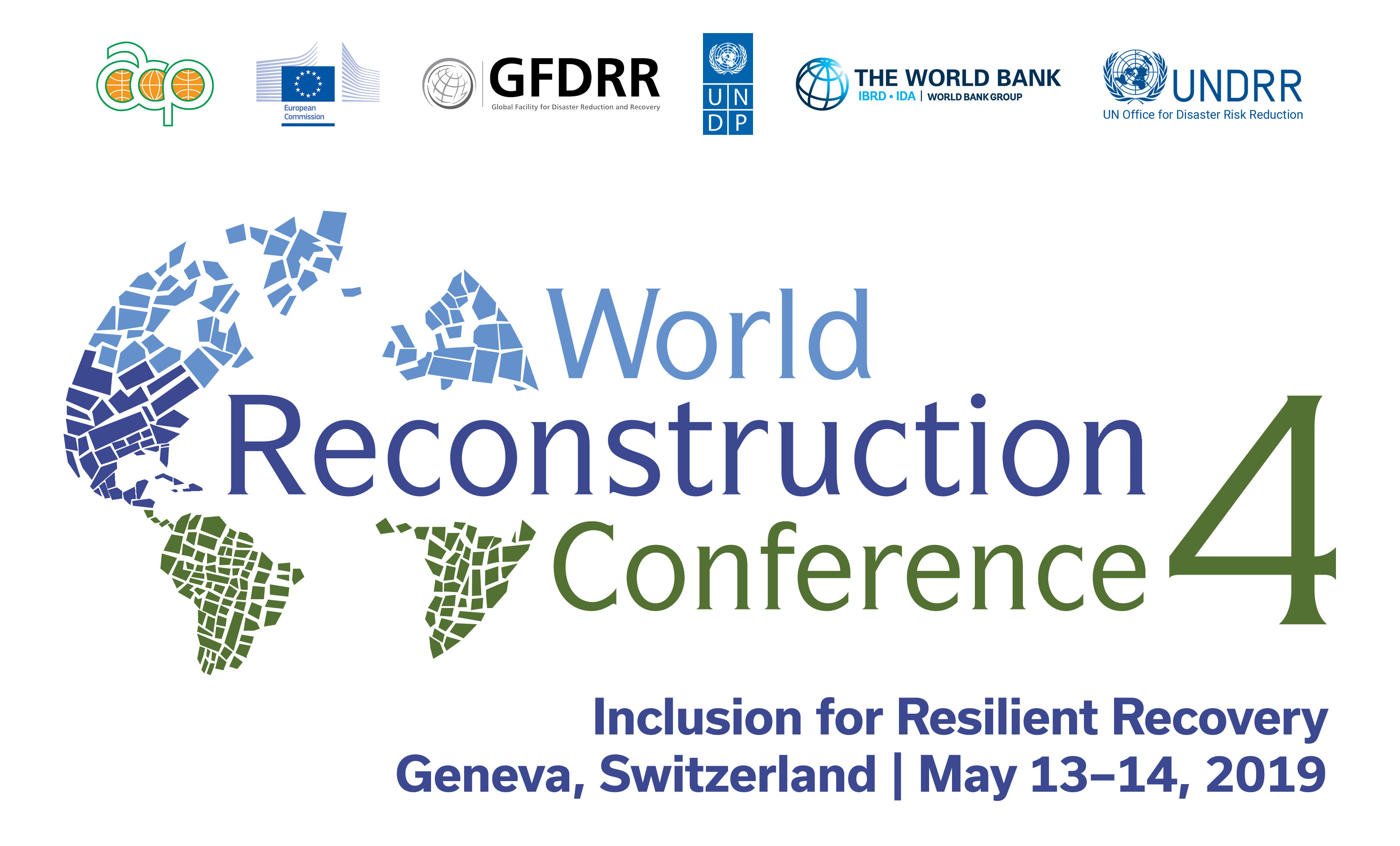Session Summary
Crises, including conflicts and disasters, affect different groups of society – women, girls, boys and men – differently. Due to preexisting socioeconomic conditions, social norms and beliefs and traditional practices, women and girls are disproportionately affected by crises, and have different and uneven levels of resilience and capacities to recover. When disasters and conflicts strike, gender inequalities are often exacerbated, leading to increased levels of gender-based violence, reduced access to livelihood resources, and even greater levels of mortality due to exclusion from life-saving services and decision-making processes due to discriminatory social norms. Women and girls also face increased unpaid care work.
At the same time, crises can also serve as an opportunity for shifts in gender roles that lead to new responsibilities and opportunities for women and men in economic decisions and activity, political engagement and community arbitration. Yet women’s actual and potential contributions, including their leadership as first responders, and their central role in community stability and resilience, continue to be largely untapped assets in crisis recovery.
While there is a plethora of normative commitments recognizing the importance of gender-responsive disaster risk reduction, recovery and peace building, significant gaps remain in their implementation. This is, among others, exemplified by lack of funding. Similarly, the implementation of the Women, Peace and Security agenda stemming from the UN Security Council Resolution 1325 and of the Sendai Framework have been uneven in focus, prioritizing some areas of action, such as protecting women from sexual violence, over others. Little attention has been paid to addressing the structural inequalities that perpetuate exclusion and undermine recovery, sustainable peace and development, or to elements of these agendas that could create meaningful opportunities for women’s political, social and economic empowerment in the long term.
In light of this, a thematic session discussed some recent initiatives to promote women’s leadership and shared good practices in the integration of gender dimensions in risk analysis and the design of effective disaster and conflict recovery and peace building interventions. The session aimed to contribute to the Conference’s goal of ‘building consensus on gender responsive approaches to promote shared recovery benefits’ by improving knowledge of the gender dimensions of disaster and security risks using an intersectional perspective and highlighting innovative strategies for supporting the leadership of women and girls.
This session addressed the vulnerabilities and challenges of women, children, youth and persons with disabilities. It recognized their role as key contributors to effective disaster recovery and resilience building by examining cases from Indonesia, Japan, and the Solomon Islands. These contexts showed how the intersectionality of gender, age and disability lead to an inequality of risk faced by women, youth, children and persons with disabilities. Gender and disability were identified as key intersecting factors that led to double exclusion during the Kumamoto Earthquake in Japan in 2016. Disasters can exacerbate existing gender inequality in political participation, decision-making, and access to resources and information.
In the Solomon Islands, there was evidence of locally driven response by women that addressed the root causes of inequality by strengthening partnerships and localizing interventions. Through the Womanitarian Initiative of Oxfam Solomon Islands, funded by UN Women, women developed capacities and tools to support their families and communities in DRR.
The case from the drought-affected areas of Indonesia endorsed the messages from the Solomon Islands by painting an accurate picture of the burden on youth, particularly adolescent girls who had to travel up to 2 hours daily to reach available water sources. Youth in Indonesia are becoming change agents by strengthening their collective capacity through an Adolescent Toolkit, emphasizing community outreach and training strategies. They have been actively participating in the DRR process by engaging in village government.
Although women are often on the front lines of most crises, as evidenced by a recent pilot project on gender, climate and security in Sudan, there is very little programming targeting women as leaders in recovery, risk reduction and peace building. There is an urgent need for (a) increased investment in resilience that is sensitive to gender and age, and diversity (b) collection of sex, age and disability disaggregated data and most of all (c) the recognition of the roles of women and other groups in recovery and resilience, making the invisible visible. The international community needs to move from commitment to action.

